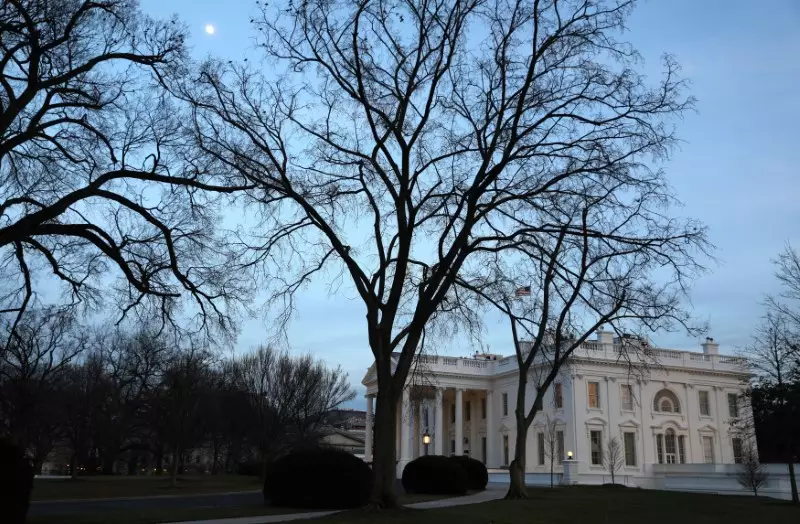Recently, the United States narrowly avoided a potential government shutdown, an occurrence that halts federal operations when Congress fails to approve a budget. Such shutdowns are significant because they disrupt government services deemed non-essential, impacting the functioning of various agencies. However, it is important to note that vital programs, such as Social Security and Medicare, which are considered “mandatory” spending, continue to operate unaffected. This distinction between discretionary and mandatory spending highlights the complexity of budgeting in federal governance.
During a government shutdown, the repercussions extend to federal employees. There are approximately 2.3 million civilian federal employees and 1.3 million active-duty military personnel who encounter disruptions in their work. The classification of employees into “essential” and “non-essential” roles is crucial; while essential staff continue to work without immediate pay, non-essential workers are furloughed, creating financial stress until they receive back pay once the shutdown ceases. This duality not only underscores the operational intricacies of federal agencies but also raises concerns about employee morale and financial stability during uncertain times.
Historically, the economic repercussions of government shutdowns have been moderate but still carry noteworthy implications. Analysts at Wells Fargo have demonstrated that the direct impact on GDP tends to be limited, often registering only a few tenths of a percentage point in declines, as observed during past shutdowns in 2013 and 2018–2019. Despite the apparent short-term resilience of economic growth, it is essential to recognize that some activities do not fully rebound, creating gaps in economic performance metrics post-event.
Beyond the immediate quantifiable impacts, shutdowns induce a spectrum of indirect economic consequences that can be more challenging to measure. One significant effect is the decline in consumer confidence during periods of uncertainty, which may lead to reduced spending and a slowdown in economic momentum. Additionally, crucial economic data releases, such as employment statistics and inflation reports, often face delays during shutdowns, complicating economic forecasting and policymaking. For instance, following the prolonged 2013 shutdown, the issuance of vital labor statistics was delayed by weeks, disrupting analysts and businesses who rely on these reports for informed decision-making.
In summation, the recent avoidance of a government shutdown may have immediate alleviated pressure, yet it serves as a stark reminder of the challenges associated with federal budget processes in the US. Understanding both the direct and indirect impacts is crucial for comprehensive economic analysis. As budgetary negotiations continue to shape the economic landscape, stakeholders—including policymakers, businesses, and citizens—must remain vigilant about the potential ramifications of future governmental disruptions and work towards a more stable fiscal environment.

